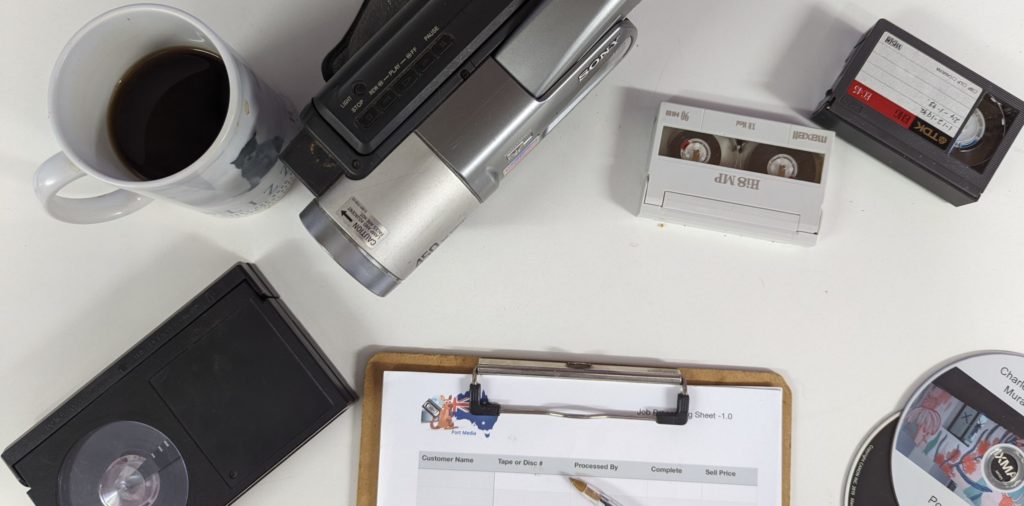The VHSC video tape has a rich history that spans decades. From its initial release in the early 1980s to its eventual decline in the 2000s, the VHSC tape played an important role in the world of home entertainment.
The VHSC tape was first introduced in 1982 as a smaller, more compact version of the VHS tape. It offered the same high-quality video and audio recording capabilities as its larger counterpart but in a more portable format. This made it ideal for home video recording and playback on smaller screens, such as those found on camcorders.
The popularity of the VHSC tape grew quickly in the 1980s as more and more people began using camcorders to capture family events and other special occasions. The tape was also widely used in classrooms and other educational settings for recording lectures and presentations.
Despite its initial success, the VHSC tape faced some challenges in the 1990s as new technologies, such as DVD and digital recording, began to emerge. However, the tape remained popular among certain groups, such as amateur filmmakers and independent video producers who appreciated its affordability and ease of use.
Towards the end of the 1990s, the VHSC tape began to decline in popularity as newer and more advanced technologies gained traction. By the early 2000s, it had largely been replaced by digital recording formats, which offered higher quality and greater flexibility.
Despite its decline in popularity, the VHSC tape remains an important part of the history of home entertainment. It played a key role in the democratization of video production, allowing anyone with a camcorder and a tape to create their own movies and share them with friends and family.
Today, the VHSC tape is a relic of a bygone era, but it still holds a special place in the hearts of those who remember its heyday. For many, it represents a simpler time, when the world of home entertainment was still in its infancy and anything seemed possible.
In conclusion, the VHSC tape is an important part of the history of home entertainment. Despite its decline in popularity, it played a key role in the democratization of video production and helped to pave the way for the digital recording technologies that we use today. While it may no longer be in use, it remains a cherished piece of technology that will always hold a special place in the hearts of those who remember its heyday.

